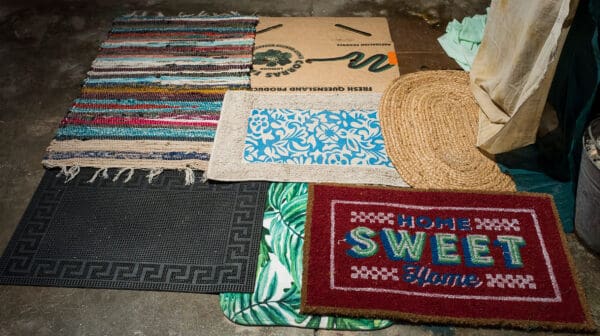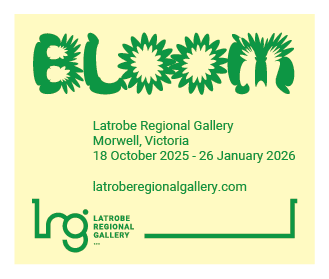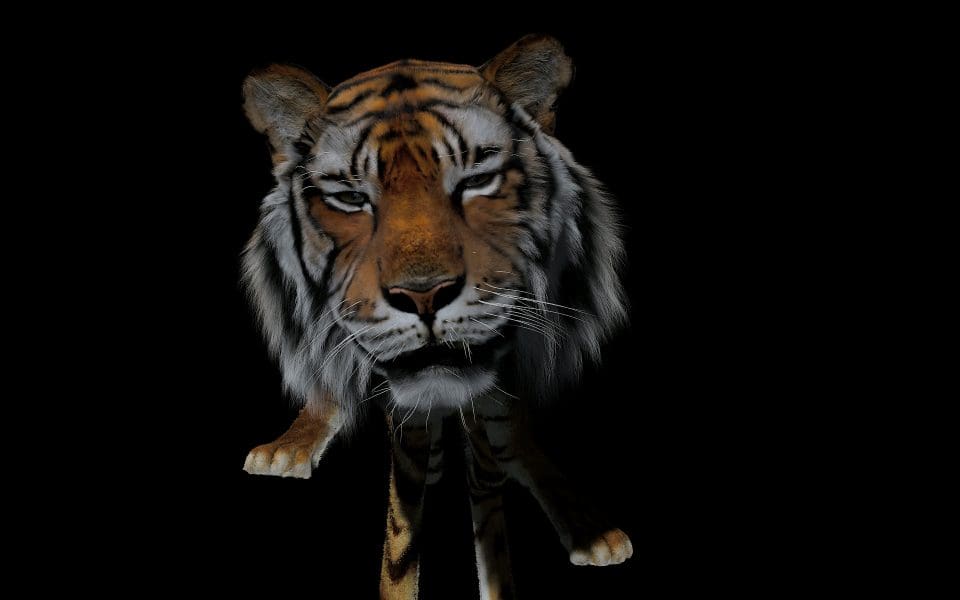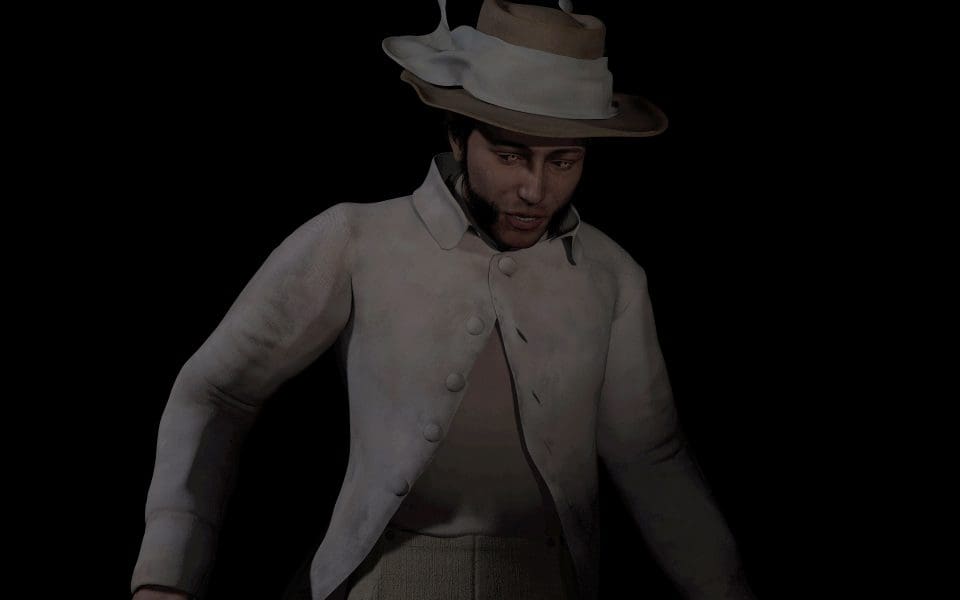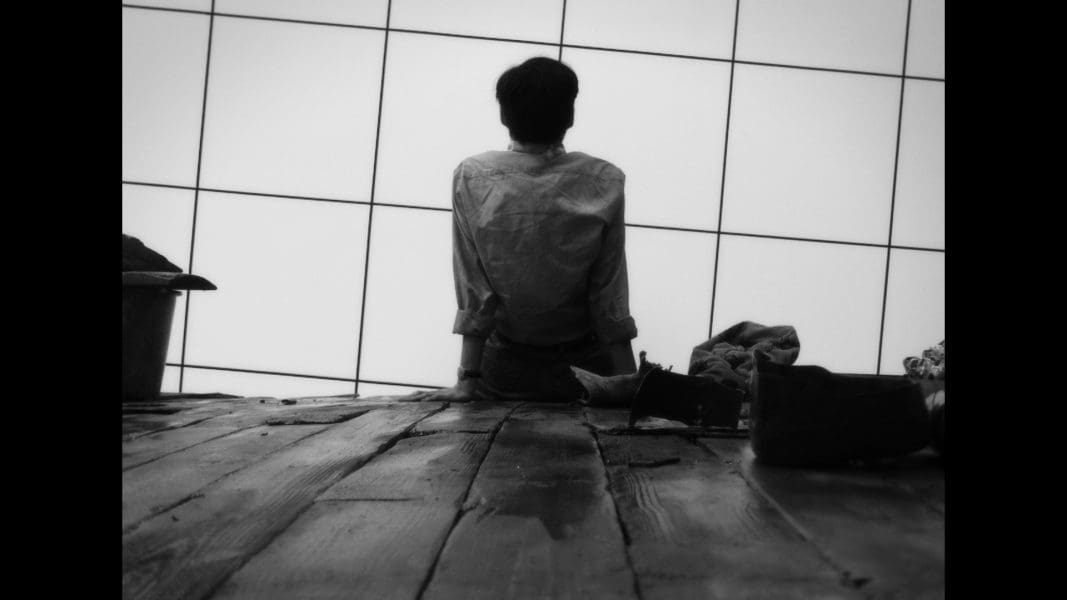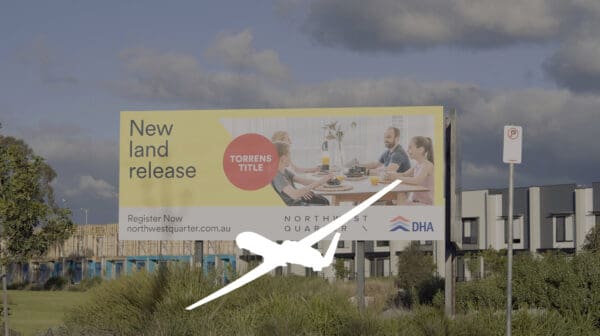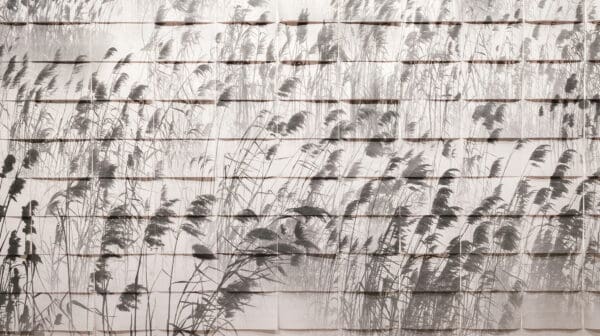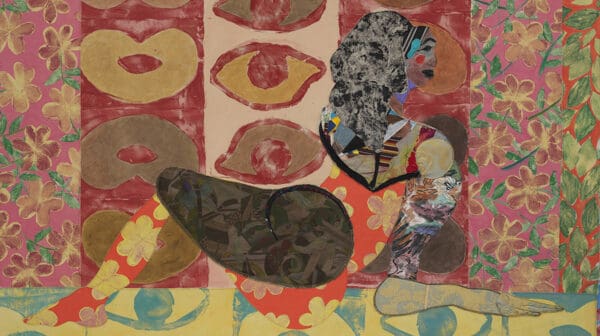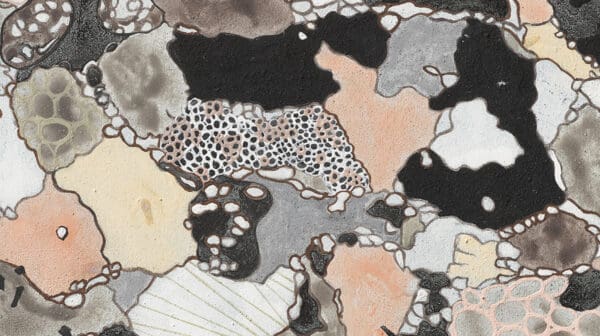Curator Mihnea Mircan is interested in the symbolic evolution of Daphne—a nymph who turned into a tree after the Greek god Apollo chased her in a scene of assault. While the story is ancient and mythical, it’s also contemporary, echoing current conversations about consent, and invoking our increasingly difficult relationship with nature.
Yet rather than foregrounding the issues and sidelining the art, Mircan positions his enquiries into gender, power, and nature within a pictorial landscape. His show opens with a 17th century print that illustrates Apollo chasing Daphne, and concludes with a 16th century engraving that depicts the critical moment he grabs her arm. “The split second between the first and the second picture of Daphne is stretched to accommodate the totality of the show,” explains the curator. “The timelines of the other images are compressed, metaphorically, into that agonising split second.”
These two historical images frame artworks from over 20 Australian and international contemporary artists— including Erik Bünger, Nicholas Mangan, Inge Meijer, Jean Painlev, and Katie West—which resonate with this myth. And yet they all avoid using Daphne’s form. “Daphne is only present in the historical pictures,” says Mircan. “She is used as a thinking model for the exhibition to revisit and update this myth with prominent questions, such as symbiosis and metabolism, the essential and moral effects of climate change.”
The curator reflects on the ‘roots’ that Daphne grows from her feet to escape Apollo, and plays with this motif by curating several Australian artists to situate the myth within a local context, including Lauren Burrow. The show then broadens this scope with international inclusions, notably Steve McQueen, whose photographic work in film help us understand biographies as sequential images.
A Biography of Daphne is a timely reflection on the shifting depictions of this gendered figure, who captures our contemporary preoccupations with consent and climate change.
A Biography of Daphne
Australian Centre for Contemporary Art
26 June—29 August
This article was originally published in the July/August 2021 print edition of Art Guide Australia.
